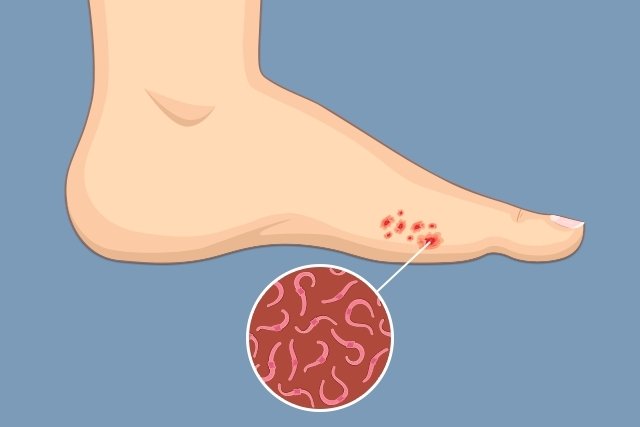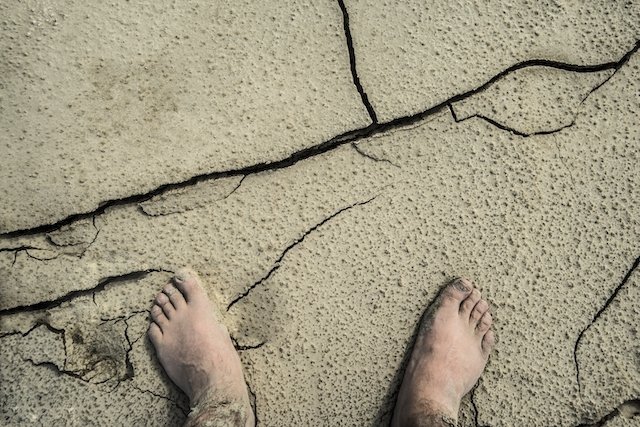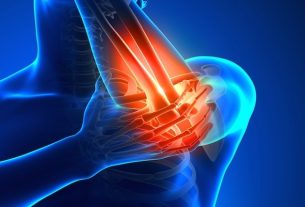Strongyloidiasis is an intestinal infection caused by the parasite Strongyloides stercoralis, which causes symptoms such as diarrhea, abdominal pain and excess intestinal gas. However, there is a more serious variant of the infection, which affects the lungs and circulation, causing fever above 38ºC, vomiting, coughing and shortness of breath.
This worm infects people through the skin, in the form of larvae, and spreads throughout the body until it reaches the intestine, where it grows and reproduces. To avoid this infection, it is recommended to avoid walking barefoot on the street and wash food well before eating, and treatment is with deworming tablets, such as Albendazole and Ivermectin.
Quickly see what strongyloidiasis is and check out the symptoms of other parasite infections:
Main symptoms
When the immune system is not compromised or when the number of parasites is very low, symptoms usually do not appear. However, in some cases, especially when the number of parasites is very large, symptoms such as:
- Red spots on the skinwhich appear when the larvae penetrate the skin or when they move through it;
- Diarrhea, flatulence, abdominal pain, nausea and lack of appetite arise when the parasites are in the stomach and intestine;
- Dry cough, shortness of breath or asthma attackswhen the larva causes inflammation in the lungs when passing through this region.
People with compromised immune systems, such as people with AIDS or those who are malnourished, for example, often develop the most severe form of the infection, which manifests itself with fever above 38ºC, severe pain in the stomach, persistent diarrhea, vomiting, shortness of breath, coughing with secretion or even blood.
Furthermore, as this parasite is able to perforate the intestinal wall, it is likely that intestinal bacteria will be transported to other parts of the body, resulting in a generalized infection, for example.
How to confirm the diagnosis
Strongyloidiasis is diagnosed by examining feces, through the identification of larvae, but, for confirmation, it may often be necessary to repeat the examination several times until the parasite is found.
life cycle of Strongyloides stercoralis
The infecting larvae of the parasite, also called filarioid larvae, are present on the ground, mainly in soil with sand and mud, and are able to penetrate the body through the skin, even if there is no wound. They then spread through the bloodstream until they reach the lungs. In this region, the larvae mix with mucus and respiratory secretions, and reach the stomach and intestine when these secretions are swallowed.
In the intestine, parasites find favorable places to grow and reproduce, where they reach a size of up to 2.5 mm, and release eggs that give rise to new larvae. Strongyloidiasis is mainly transmitted by people, but also by dogs and cats, which release the larvae into the environment through feces.
Other forms of infection are through ingestion of water and food contaminated with larvae or feces from infected people. The period between contamination and the release of larvae in feces and the onset of symptoms can vary between 14 and 28 days.

How the treatment is carried out
Treatment for strongyloidiasis is usually carried out with antiparasitic medications, in tablets, advised by the general practitioner, such as:
- Albendazole;
- Tiabendazol;
- Nitazoxanide;
- Ivermectin.
It is recommended that these medications be prescribed by a general practitioner, who will select the best medication for each person, according to age, weight, presence of other illnesses and use of other medications. Furthermore, these medications should be avoided during pregnancy.
To improve the effect and eliminate all parasites, the ideal is to repeat the doses after 10 days, as the person can catch the infection again with the larvae that come out in the feces.
Strongyloidiasis Prevention
Preventing strongyloidiasis can be done through simple measures, such as:
- Do not walk barefoot, especially on sandy or muddy ground;
- Wash food well before eating;
- Wash your hands after going to the bathroom;
- Treat the infection correctly to avoid getting it again.
Furthermore, washing the genital region after defecating is a good way to prevent the larvae from reinfecting the body or passing it on to other people.

Sign up for our newsletter and stay up to date with exclusive news
that can transform your routine!
Warning: Undefined array key "title" in /home/storelat/public_html/wp-content/plugins/link-whisper-premium/templates/frontend/related-posts.php on line 12
Warning: Undefined array key "title_tag" in /home/storelat/public_html/wp-content/plugins/link-whisper-premium/templates/frontend/related-posts.php on line 13




